vehicle
Latest

Nissan's Rogue is its first US car with semi-autonomous driving
You won't have to wait long to try Nissan's semi-autonomous ProPilot Assist on American streets. The automotive giant has announced that the 2018 Rogue crossover will be the first car in the US to have the feature as an option. Not surprisingly, it won't come standard. While the Rogue starts at $24,680, you'll need to spend about $35,000 for a Rogue SL with the Platinum Package to get that robotic assistance. In classic car maker fashion, you'll have to spend on extras you probably don't care for (like leather seats and large wheels) just to get the one option you do.

Zero's latest electric motorcycles can recharge in an hour
Zero Motorcycles' electric bikes can be fun to ride, but recharging is another matter entirely. It's tough to wait hours when all you want to do is go back on the open road. That shouldn't be such a problem with the company's just-introduced 2018 models. If you use a 6kW Charge Tank accessory with the newest Zero S, SR, DS and DSR, you can charge up to six times faster -- as little as an hour for the S or DS ZF7.2 when you plug into an ordinary Level 1 outlet. Models with larger batteries can still top up in two hours if you use a Level 2 EV charger. Neither charging rate is as speedy as filling a gas tank, of course, but they're fast enough that you could come home with a low battery and head out again after dinner.
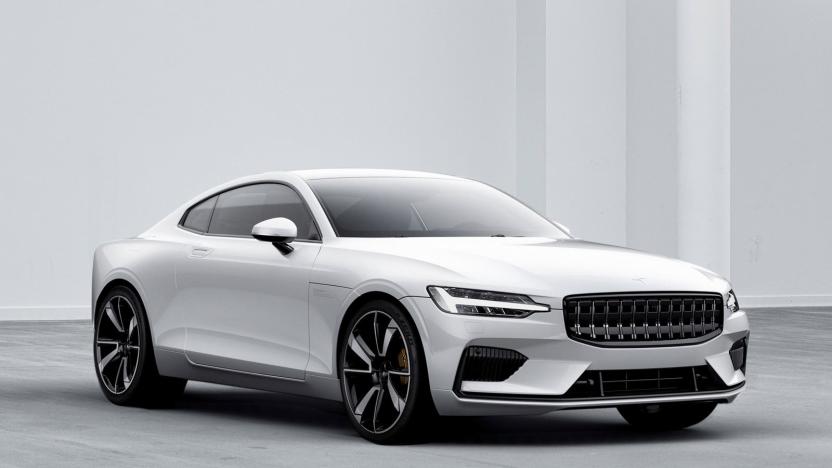
Volvo's performance brand launches a 600HP plug-in hybrid
When Volvo declared that its Polestar performance brand would revolve around electric powertrains, it wasn't kidding. Polestar has unveiled its first car, appropriately named the Polestar 1, and it's a plug-in hybrid coupe that musters 600HP while managing a surprisingly large 93 miles of electric-only driving. This is an EV that just happens to have a gas engine under the hood, according to Volvo, and the odds are that you might never use fossil fuels during your daily commute. It also promises to be nimble thanks to a continuously adjusted electronic suspension and an electric rear axle to maximize grip. The 1 sounds like it could be a relatively guilt-free way to drive, then. However, it's almost more important for what it isn't.
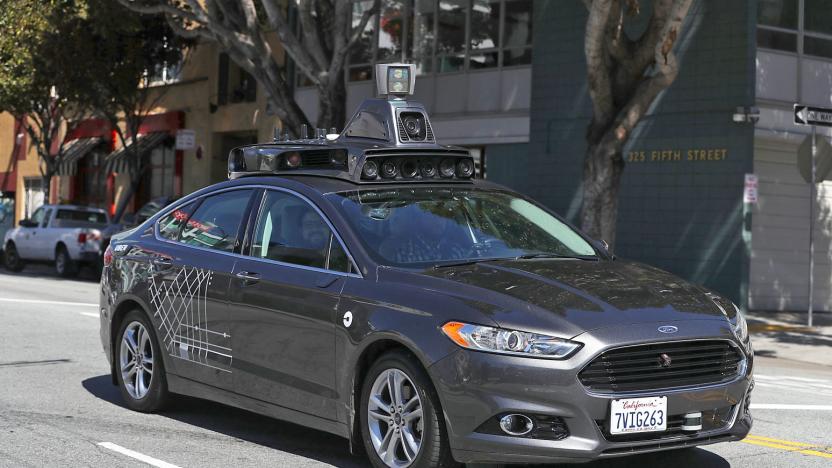
California DMV tweaks rules to allow completely driverless cars
California is already more accommodating to self-driving cars than many parts of the country, but it's taking that friendliness one step further today. The state DMV has modified its regulations to streamline the testing and use of fully autonomous cars (that is, ones that don't need anyone behind the wheel). Many of these are subtle but important changes. Car makers no longer need to notify local officials of the "operational design domain" of their machines, summarize all the instances when a car's autonomous driving disengages or certify that a car can't drive itself in commonly restricted conditions.
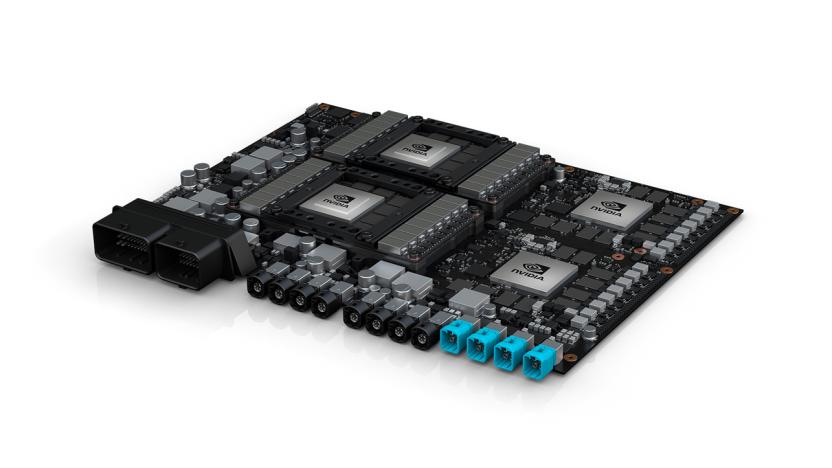
NVIDIA introduces a computer for level 5 autonomous cars
At the center of many of the semi-autonomous cars currently on the road is NVIDIA hardware. Once automakers realized that GPUs could power their latest features, the chipmaker, best known for the graphics cards that make your games look outstanding, became the darling of the car world.

Solar car race kicks off 30th anniversary with a fresh challenge
It's a special moment in the history of clean energy: the 30th anniversary World Solar Challenge has begun. A total of 42 solar-powered cars (the largest field to date) left Darwin, Australia on October 8th to travel roughly 1,880 miles to Adelaide. The race officially lasts a week, but it's likely going to end considerably sooner for the front-runners -- the world record holders, Tokai University, took just under 30 hours in 2009. As it is, technical hiccups knocked out several competitors in the first day of racing.

Ford wants self-driving cars to communicate with flashing lights
Here's a question: how does a self-driving car reveal its intentions to you without an audio cue? Humans can gesture when they let you cross the street, but autonomous vehicles don't have that luxury. Ford and Virginia Tech think they have the answer. They're testing a communication method that uses light signals from dedicated strips to indicate what self-driving cars are doing. If a driverless machine is yielding, for example, it could flash two white lights side to side. Ford has also developed cues for launching from a stop (a rapidly blinking white light) and an autonomous mode (a solid white light).

GM might beat its competitors to driverless car production
While a large number of companies are working on self-driving cars, including Google/Waymo, Uber, Audi and Tesla, it might be General Motors that beats them all. In a blog post, GM's CEO of Cruise Automation, Kyle Vogt, says that his team has created the "world's first mass-producible car designed to operate without a driver." Vogt notes that this is not just a concept, but a fully-made automobile with "airbags, crumple zones and comfortable seats" that has been produced by a high-volume plant that can make hundreds of thousands of vehicles per year. In other words, GM is ready to make self-driving cars at scale as soon as the software and regulations are up to par.
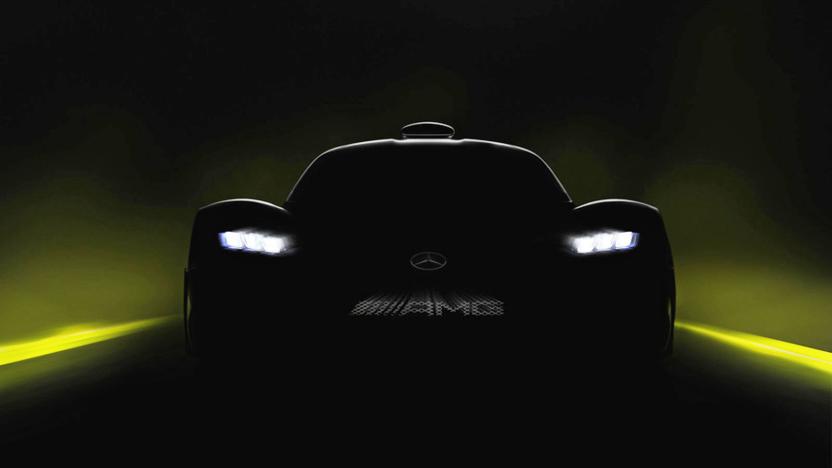
Mercedes teases hybrid supercar with Formula 1 tech
You've seen hybrid supercars before, but likely nothing quite so exotic as this. Mercedes-Benz is teasing the debut of the Mercedes-AMG Project One, a hybrid "supersports showcar," at the Frankfurt International Motor Show beginning September 14th. While the preview image doesn't show much besides a GT-style body (complete with an air scoop on the roof), Mercedes makes much ado of the car's Formula 1 underpinnings -- both powerplants amount to race car technology adapted to "day-to-day" use.
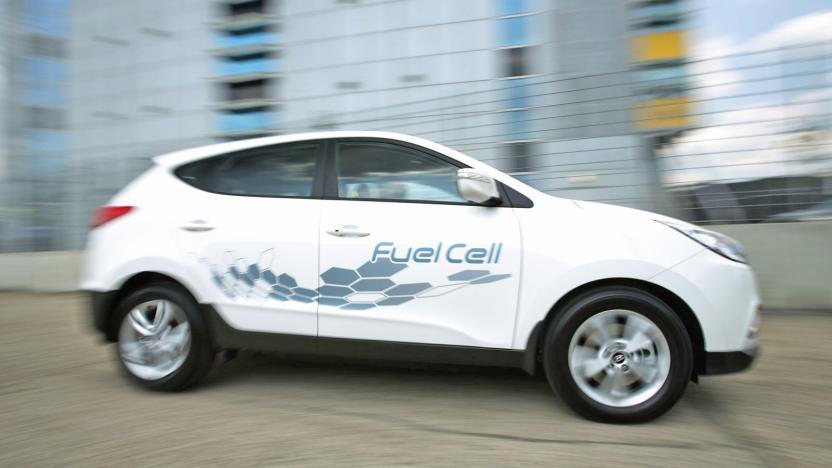
Hyundai shifts focus from fuel cell cars to EVs
Fuel cell champion Hyundai is changing direction with its product strategy, announcing that it will now focus on electric vehicles. The shift comes after Tesla and other electric vehicle manufacturers have gained traction in the field, and following Chinese government backing for battery-powered cars. "We're strengthening our eco-friendly car strategy, centering on electric vehicles," executive vice president Lee Kwang-guk told a news conference, adding that the technology was "realistic". Hyundai now plans to have an electric sedan on the road by 2021, with a range of 500km. Also on the cards is an electric version of its 390km-range Kona SUV, due in the first half of 2018.

You can confuse self-driving cars by altering street signs
While car makers and regulators are mostly worried about the possibility of self-driving car hacks, University of Washington researchers are concerned about a more practical threat: defacing street signs. They've learned that it's relatively easy to throw off an autonomous vehicle's image recognition system by strategically using stickers to alter street signs. If attackers know how a car classifies the objects it sees (such as target photos of signs), they can generate stickers that can trick the car into believing a sign really means something else. For instance, the "love/hate" graphics above made a computer vision algorithm believe a stop sign was really a speed limit notice.

Nissan’s door alert honks at you to check the backseat
The last thing you want is to forget items in the back of a car during these relentless summer days. But even with all the technical wizardry found inside modern vehicles, there's really nothing stopping you from just being plain absent-minded. And, before you know it, your car ends up reeking of leftover food or your gym clothes. However, Nissan's new warning system is aimed directly at your backseat.
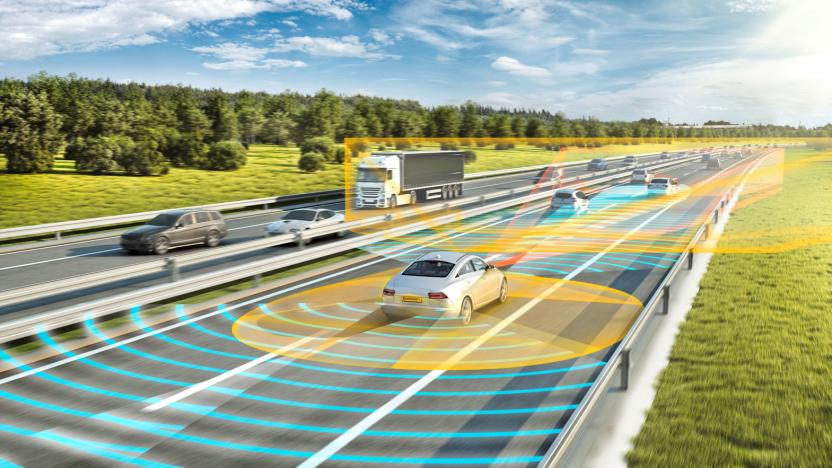
Self-driving car demo is the first to cross the US-Canada border
As a rule, self-driving car tests tend to be limited to the country where they started. But that's not how people drive -- what happens when your autonomous vehicle crosses the border? Continental and Magna plan to find out. They're planning to pilot two driverless vehicles all the way from southeastern Michigan to Sarnia, Ontario, making this the first cross-border test of its kind. The machines won't be in complete control for the entire route, but they'll use a combination of cameras, lidar and radar to take over when they can, including two key border crossings (the Detroit-Windsor Tunnel and the Blue Water Bridge).
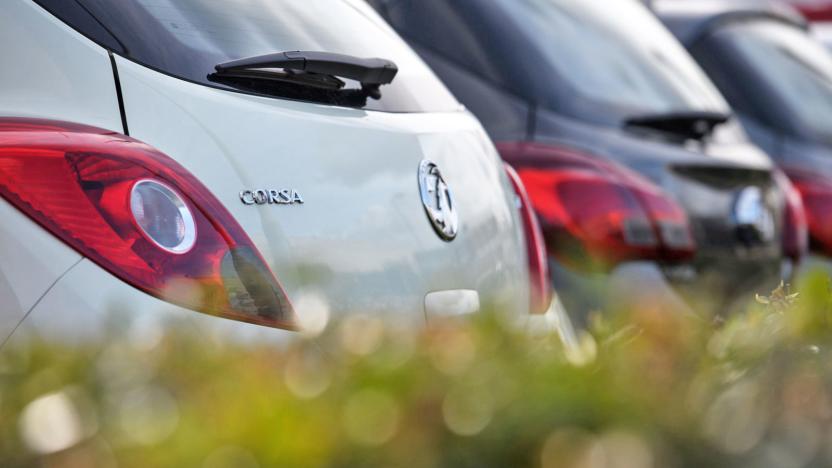
UK to ban sales of fossil fuel cars by 2040
France isn't the only big country getting ready to ditch fossil fuel vehicles. The UK is planning to ban sales of new fossil fuel-powered vehicles (including vans) from 2040. It's all about improving air quality, the government claims: airborne pollution is the "biggest environmental risk" to public health, and cutting off sales will help tackle pollution quickly. The move is part of a larger, £3 billion ($3.9 billion) strategy that will call on local government to retrofit buses, alter roads and even tweak traffic light patterns in the names of lower emissions and greater efficiency.
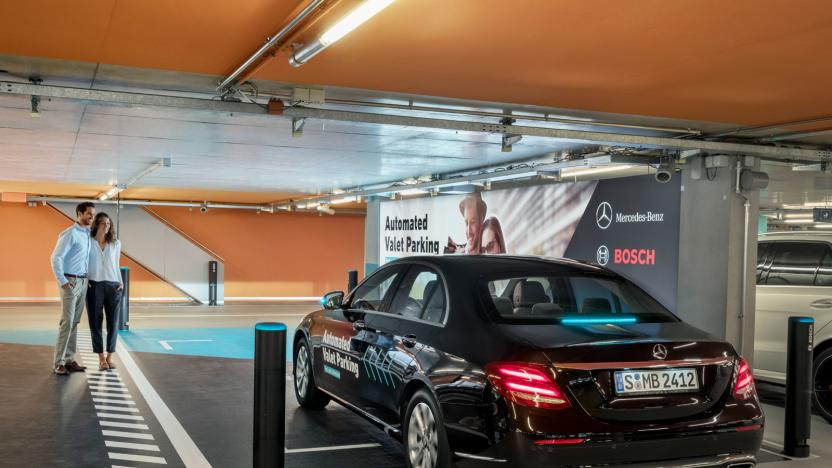
At the Mercedes museum, your rental car parks itself
The concept of a self-parking car certainly isn't new, but Daimler is about to take the next logical step on that front. It's partnering with Bosch to launch an Automated Valet Parking service at the Mercedes-Benz Museum in Stuttgart. When it launches at the start of 2018, anyone (not just museum guests) can rent cars that will not only drive themselves out, but park themselves upon return. You just need a smartphone app to both make the reservation and the virtual handover when you're done.
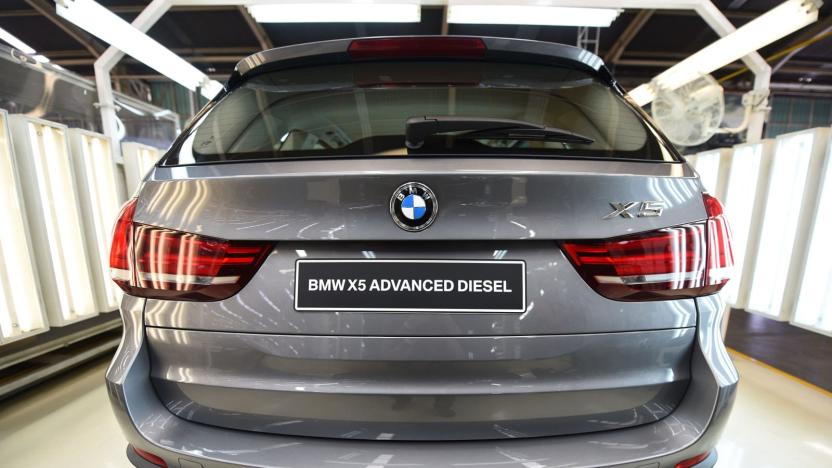
BMW denies conspiring with rivals on diesel emissions systems
VW isn't the only German automaker reeling from the effects of diesel emissions scandals. BMW is denying Der Spiegel allegations that it not only colluded with Daimler and the Volkswagen Auto Group (including Audi and Porsche) on the designs and prices for AdBlue diesel emissions treatment systems, but fell short of European exhaust standards. While the newspaper claims that BMW's thousand-plus meetings with rivals amounted to a "cartel," BMW insists that the meetings were simply meant to create a Europe-wide infrastructure for AdBlue. It also claims that the technology (which injects urea into the mix to help reduce emissions) meets the latest European requirements, and that it can update the software on older cars to meet that standard.

Nissan preps its semi-autonomous driving assist for the US
Nissan is one step closer to bringing its semi-autonomous ProPilot Assist feature to American roads. The automaker has shed more light on the US-optimized version of the assistant ahead of its launch in the new Leaf near the end of 2017. As Nissan stresses, the initial version is intended only to make life easier during single-lane highway driving. Think of it as a sort of Autopilot lite. It'll use a camera, radar and sensors to keep you in your lane, maintain speed and brake if the driver ahead slows down, but it won't change lanes, handle city streets or brake in an emergency. It's definitely not a hands-free option -- it'll deactivate if you have a less-than-firm grip on the steering wheel.

Drone noise is driving people crazy
Do drones' characteristic lawnmower-on-helium sounds drive you batty? You're not alone. NASA researchers have conducted a study indicating that people find drone noise more annoying than that of any ground vehicle, even when you put the two at similar volumes. It was roughly equivalent to a car being twice as close as before, according to the researchers. And while there were just 38 people in the test, none of them were told what they were hearing or what the study was accomplishing. The results seem obvious if you've ever heard a drone, but there's a big question: why are they so irritating when cars create plenty of aural annoyance on their own?
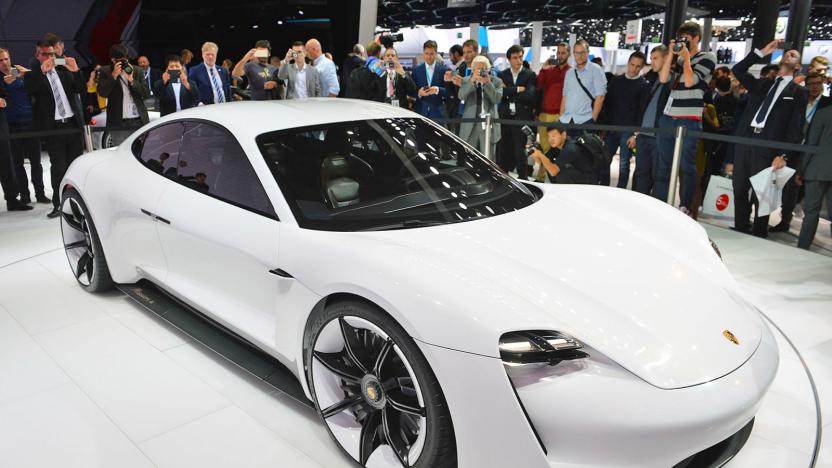
Porsche installs its first high-speed electric car chargers
Porsche knows that electric vehicles are the future, and it just took a big step to prepare for that future. The performance car brand just opened a new office in Berlin, and the new facility includes the company's first two ultra-fast 800-volt chargers (one is pictured below). They can 'only' charge existing EVs at up to a 150kW charge rate (which is still faster than a 120kW Tesla Supercharger), but they can handle up to 350kW for future cars. For Porsche's upcoming Mission E, that would mean an 80 percent charge in 15 minutes. That's longer than a typical stop at the gas station, but short enough that you don't have to plan your EV trips around charging station visits.
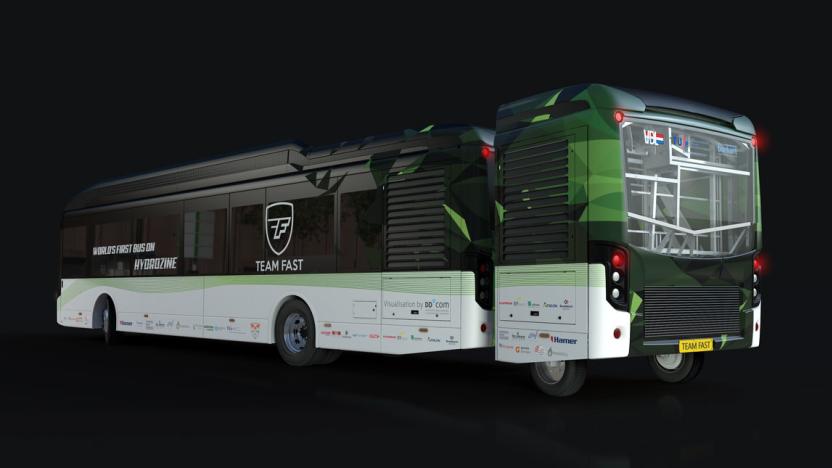
A bus powered by formic acid could hit the road this year
Creating sustainable vehicle fuel is rife with challenges, not least in finding the balance between developing a viable solution and putting forward ideas that have mainstream appeal: poo-powered cars sound great in theory, but, y'know... However, students from the Eindhoven University of Technology, Team FAST, are now throwing their hats into the ring with a design for the first ever system that allows a bus to drive on formic acid. Their system, officially unveiled on 6 July, comprises an electric bus hooked up to a small trailer (nicknamed 'REX', for 'range-extender'), where formic acid is converted into electricity.




